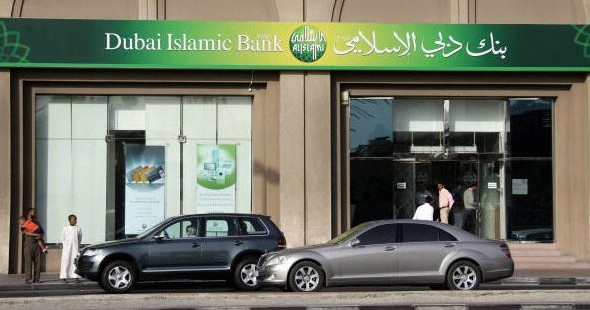S&P Issues Profitability Warning To Gulf’s Islamic Banks
Banking assets in the GCC now account for around or slightly above a quarter of all banking assets in the region.

Islamic banks in the Gulf’s rich Arab oil exporters are likely to keep growing faster than conventional banks, but their advantage in profitability is disappearing, according to a study released on Tuesday.
Credit rating agency Standard & Poor’s estimates Islamic banking assets in the six countries of the Gulf Cooperation Council now account for around or slightly above a quarter of all banking assets in the region, which totalled $1.6 trillion at the end of 2012.
This ratio is set to continue rising for “the foreseeable future” as governments grant licences to new institutions and regulation helps the Islamic banks develop, said Timucin Engin, an associate director for financial institutions at S&P.
“The key driver is government support. There are significant incentives to grow this sub-sector,” he said.
Qatar, for example, has prohibited conventional banks from taking on new sharia-compliant business through Islamic windows, in an effort to develop its dedicated Islamic banks.
Engin estimated Islamic banking assets in Qatar could rise to $100 billion in 2017 from $54 billion last year, as Islamic banks benefited from the tens of billions of dollars worth of infrastructure projects which the tiny country plans to launch this decade.
In 2012, assets of a sample of Islamic banks analysed by S&P grew more than 15 percent while conventional banks’ assets expanded 10 percent – an outperformance seen every year since 2008.
But Islamic banks’ advantage in profitability has been shrinking, and it may continue to fall towards the levels of conventional banks.
The ratio of net Islamic banking income to average earning assets dropped to 3.4 percent last year from 4.0 percent in 2008, S&P estimated. That has brought it ever closer to the net interest income ratio for conventional banks, which was 2.8 percent last year, barely changed from 2.9 percent in 2008.
Engin said his study suggested that some Islamic banks’ profit advantage in past years was largely due to activities not related to their core Islamic business, such as real estate deals and capital markets transactions. Now that Gulf markets have deflated in the wake of the global financial crisis, fewer new deals are being done.
Also, Islamic banks can sometimes outperform conventional banks during periods of high interest rates, Engin said; they maintain higher levels of non-interest bearing liabilities, an important funding advantage.
The global decline in interest rates over the last few years, which has continued in some Gulf countries such as the United Arab Emirates despite this year’s rebound of U.S. Treasury yields, has erased that advantage.
